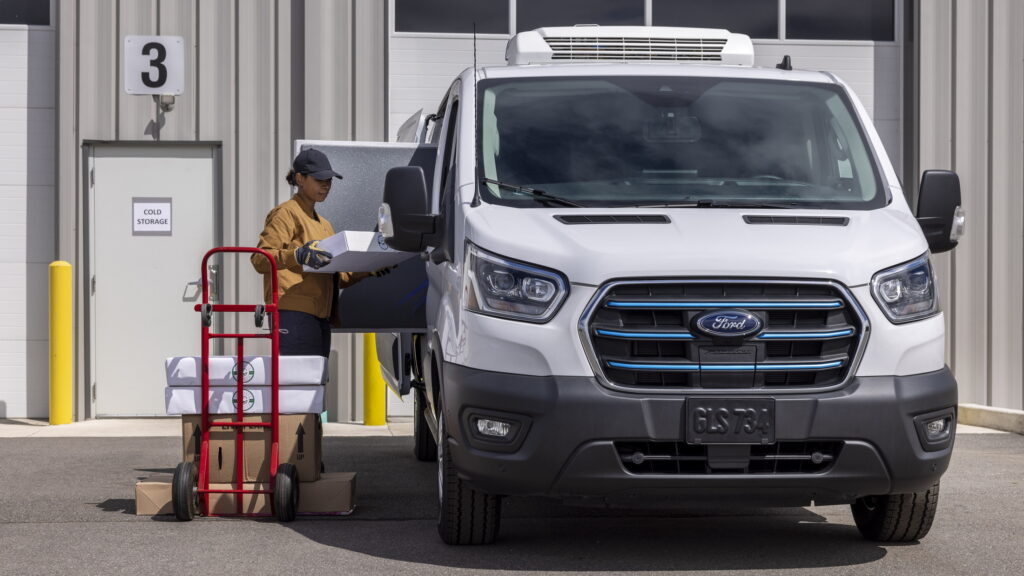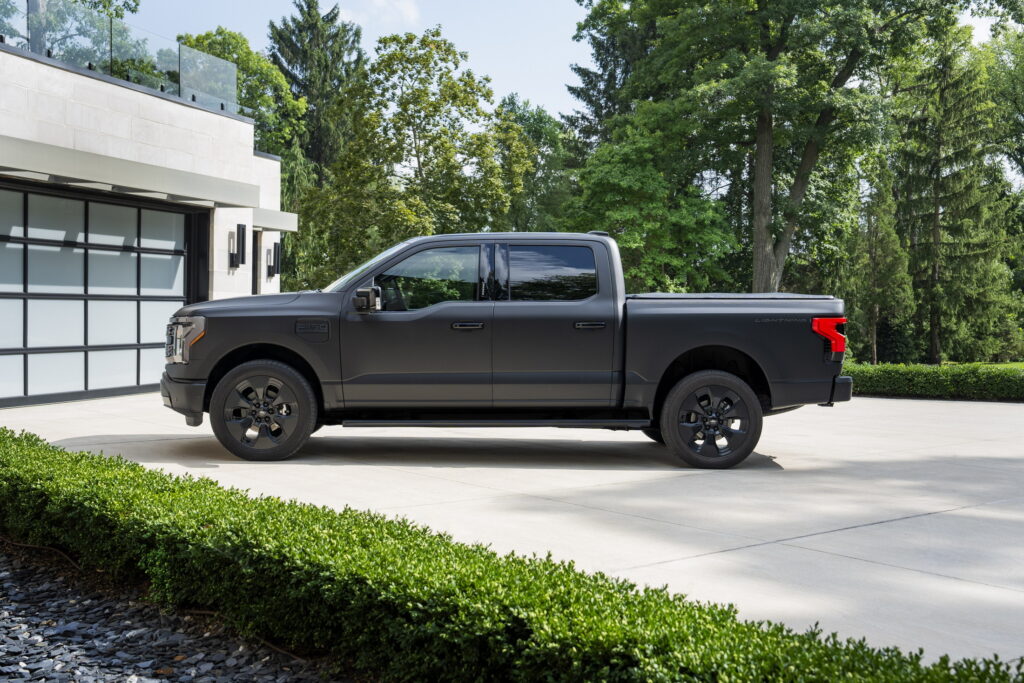Ford Delays Big EV Truck Again But Something Smaller Is Coming And It Could Be Named Ranchero
- Ford planned a new electric truck to eventually replace the current F-150 Lightning.
- The next-gen E-Transit has been delayed from 2026 to a 2028 launch window.
- Last year, Ford axed plans for a three-row electric SUV to rival the Kia EV9.
As electric vehicle plans get reshuffled across the industry, Ford is once again adjusting its timeline. Two major EVs are being pushed back, and the focus is shifting toward smaller, more budget-friendly models, including a compact electric pickup that’s now taking priority.
Read: Flip-Flopping Ford Delays Electric Truck And Axes 3-Row EV Plans, Will Build Hybrids Instead
Suppliers were recently informed by Ford that the planned full-size electric pickup, to be produced at the new BlueOval City assembly plant in Tennessee, has been pushed back from 2027 to 2028. This new model will be a successor to the F-150 Lightning. In addition, the next-generation E-Transit will no longer launch in 2026 as originally planned, but rather in 2028.
Another Round of Delays
This is not the first time Ford has delayed the two models. As noted by Yahoo!, the new E-Transit was originally set to launch “mid-decade” after it was first announced in 2022. Similarly, the new electric pickup codenamed T3 was originally scheduled to launch this year. Just 12 months ago, Ford also killed plans for a three-row electric SUV that would have rivaled the Kia EV9 and Hyundai Ioniq 9.
“F-150 Lightning, America’s best-selling electric truck, and E-Transit continue to meet today’s customer needs,” Ford said in a recent statement. “We remain focused on delivering our Ford+ plan and will be nimble in adjusting our product launch timing to meet market needs and customer demand while targeting improved profitability.”

Shifting Toward Smaller EVs
Ford is now favoring smaller EVs. It is hard at work developing a new low-cost EV platform that will underpin several different vehicles, starting with a new compact pickup truck in 2028. According to chief executive Jim Farley, small EVs currently make the most sense in the US.
“The pure EV market in the U.S. seems to us very clear: small vehicles used for commuting and around town, so to speak,” he said. “And commercial… we think that’s going to be a robust business, but we want to shrink the number of top hats. We’re going to have just a few. And we’ve made the adjustments in timing, we think, and to be in segments where we can actually make money on EVs.”
Despite the delay, Ford says its plant in Tennessee will start making prototypes of the new T3 electric pickup in 2027
A Familiar Name Might Return
There’s also a possible nod to the past in Ford’s future product line. As uncovered by Ford Authority, the company recently filed to trademark the name Ranchero, once a classic car-truck hybrid from Ford’s history. The filing, submitted on August 5, 2025, covers both electric and gasoline-powered vehicles.
While there’s no official confirmation, the move would follow a familiar pattern, as Ford has revived other heritage names like Maverick and Lightning in recent years. The timing also lines up with an anticipated announcement about the brand’s new EV platform on August 11.


